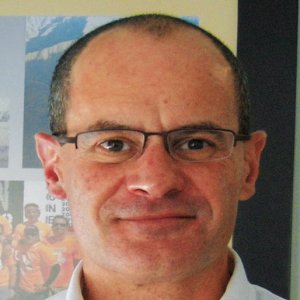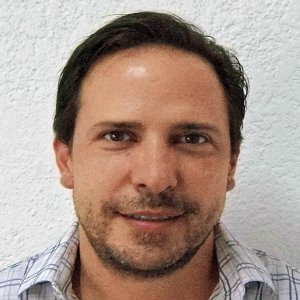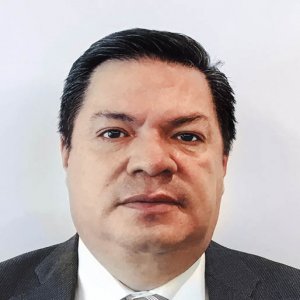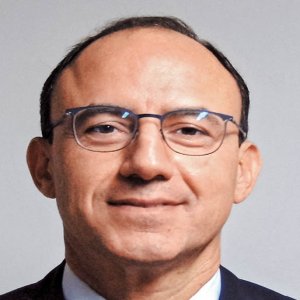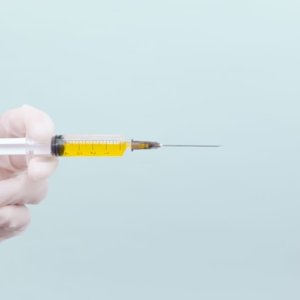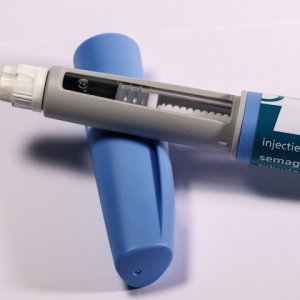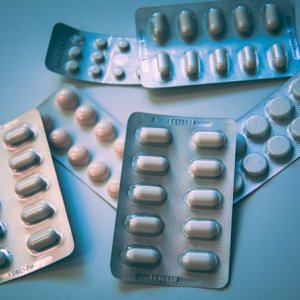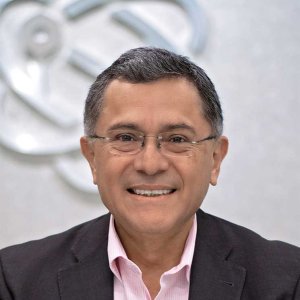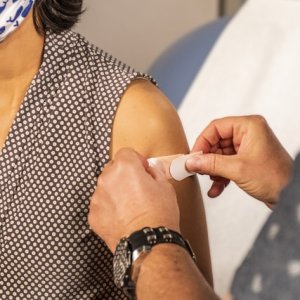Procedure, Not Brand, the Issue for Prosthetics

STORY INLINE POST
Q: What is the current size of the Mexican prosthetics market and what is Ottobock’s share?
A: Our prosthetics division is our core business worldwide and also has the most sales in Mexico. Eighty percent of our sales are basic products. Diabetes is prominent in Mexico and as a result, lower limbs are the most common amputations. According to the Mexican Diabetes Association, about 75,000 amputations are performed each year because of this condition. Of those, 90 percent are lower limbs, so foot, below the knee and above the knee prosthetics are the most commonly required.
It is difficult to approximate our market share but based on the number of tenders we have won and our B2B, we estimate it to be 45-50 percent. Of the total number of amputees in Mexico, we estimate that 7-10 percent receive a prosthetic. Of those, only three quarters will continue to use the prosthetic. The other quarter stops because the prosthetic is badly made and causes the patient pain.
Q: What is Ottobock Group’s relationship with the public and private sectors?
A: We participate in both tenders and direct purchases with the government. In addition, we support our customers that participate in tenders. We do not sell directly to patients in the private sector. The company has a B2B segment through which we sell to orthotic and prosthetic stores that in turn sell to patients. We also sell to private insurance companies and thus patients. Generally, 90 percent of our business is B2B. When we win a tender, we provide education to the institutions and ensure continuous visits to revise the process. Twice a year, and we hold an event with staff and experts from Germany, the US and Brazil to teach new techniques and revise current techniques. We visit most of our customers at least twice a year.
Q: What hurdles do your products face in the Mexican market and how can that be overcome?
A: The public market is price sensitive and our competitors from South Korea and China have lower manufacturing costs and quality. Although some purchasers from public tenders can relate to quality, most relate to price. This is our main concern because there is no established regulation for importing and selling. COFEPRIS regulations for our medical devices are not excessively complex; we need only give notice of import and commercialization. We do not need to do any further studies or background checks and it is relatively easy to import both high-quality and lowquality products.
Our customers have established statu quo operations, but they are also facing other competitors arriving from China that say they can implant at a lower cost. This threatens the credibility of the procedure, not the brand. Many patients say they do not want a prosthetic because they think it hurts, or because they think they will not be able to use them or walk. This reputation emerged due to the bad experiences some have had with low-quality products.
Q: What are Ottobock group’s protocols for rehabiliation?
A: The protocol we are trying to build handles three rehabilitation schemes: preprosthetic, postprosthetic and using the limb with the prosthetic. None of these happen in reality. When a patient requires an amputation, the patient is taught to bandage the remains and it is important for the limb to gain form and then start the prosthetic process. After amputation, the greatest challenge a patient will face is the size of the remaining limb as it swells and then reduces but once the rehabilitation process begins it will swell again and then reduce to its final size.
We first work on the socket. We create a test socket, which is what the patient will use while they get their limb. After 30 to 60 days the socket is resized because the limb changes and an oversized socket will cause injury. The socket needs to be checked every year. The patient should go to rehabilitation but usually they do five to 10 sessions and then are left to their own devices.
High-tech bionic prosthetics need yearly maintenance and checkups because they have microprocessors and software that need upgrading to function fully. Depending on the type of prosthetic, necessary maintenance can vary. The basic mechanical leg is the most common in Mexico. These are low maintenance, with a lifespan of five to 10 years. Maintenance is required only every two to three years because they are sturdy.
Q: What advantages do bionics have and what are your top products in this area?
A: Bionic products are intelligent pieces with microprocessors. In the case of knees, the microprocessors communicate with ankles and feet, so if the patient trips, the knee locks, preventing the patient from falling. This is automatic once a sudden movement is detected. Our most advanced hands are the Michelangelo hands. They have sensors so that when grabbing a cup, the hand grasps with the correct amount of strength not to break it and not spill the contents. If the cup is made of glass, the hand will not shatter it, if the cup is made of plastic, the hand will not squeeze it so hard that it distorts and the contents spill down the sides. It also has a rotating wrist like a real hand. The Michelangelo hand and the X3 knee are the most technologically advanced pieces. The X3 knee was developed alongside US Navy Seals and it is the knee they use to return to active duty after injury.
As we are a cost-sensitive market, price is an issue for bionics in Mexico. Most private insurance companies may cover these types of products if specified but the majority of patients pay out of pocket. Their cost means they are only available to some segments of the population.
Q: What is your growth strategy for Mexico?
A: We decided on a basic approach. We need to create protocols that get patients to institutions and help them receive a prosthetic limb. There is a lack of awareness on the part of patients about how to get a prosthetic. A diabetic patient, for example, is handled by a doctor or an endocrinologist. A lower limb complication should be treated by an orthopedist, an endocrinologist, a vascular surgeon and a psychologist, which is what usually happens in other parts of the world. In Mexico, the approach is separate. A knowledgeable patient may go to the orthopedist or the vascular surgeon by themselves but they are not sent there. Our growth would be based on getting these physicians to agree on a protocol for patients facing amputation.
The actual amputation is usually performed by a surgeon or an orthopedist. Afterward, nothing happens. In the US, the following day a prosthetics team is sent to evaluate the patient. It may not result in an immediate prosthetic but psychologically the patient experiences a 180-degree turnaround in mindset, instead of having them wake up every morning with only half a limb.
Q: What other challenges does Ottobock face here?
A: Budget is the greatest challenge because institutions have limited funds for prosthetics. Those that offer them are social security, Integral Family Development (DIF), the military hospital and PEMEX in some cases. Many people go to the National Institute of Rehabilitation (INR), which also operates on a limited budget. The foremost solution is for the public health system to realize that diabetes is a public health issue in Mexico, so complications of that issue are going to arise in the near and not-so-distant future. If they ignore this, it will bite back later. If those 75,000 yearly diabetes amputees are to have a productive return to working life, the system will have to invest in their treatments.
